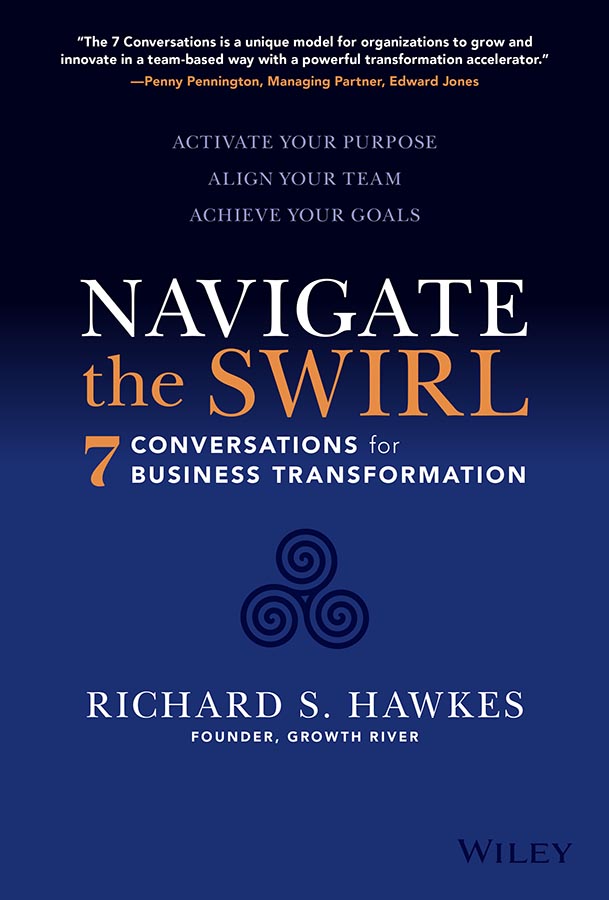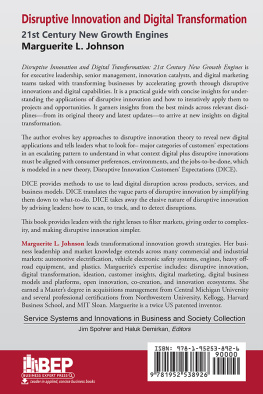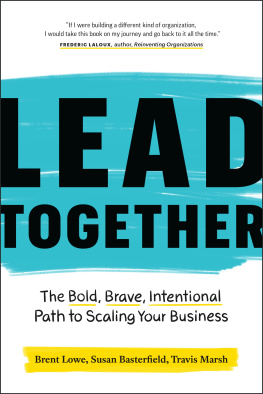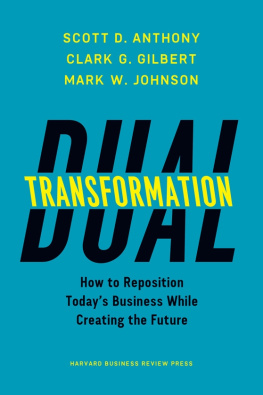
Table of Contents
List of Illustrations
- Chapter 1
- Chapter 2
- Chapter 3
- Chapter 4
- Chapter 7
- Chapter 8
- Chapter 9
- Chapter 12
- Chapter 14
- Chapter 16
- Chapter 17
- Glossary
Guide
Pages
The 7 Conversations is a unique model for organizations to grow and innovate in a team-based way with a powerful transformation accelerator.
Penny Pennington, Managing Partner, Edward Jones
ACTIVATE YOUR PURPOSE
ALIGN YOUR TEAM
ACHIEVE YOUR GOALS
NAVIGATE the SWIRL
CONVERSATIONS for BUSINESS TRANSFORMATION
RICHARD S. HAWKES
FOUNDER, GROWTH RIVER

Copyright 2022 by John Wiley & Sons, Inc. All rights reserved.
Published by John Wiley & Sons, Inc., Hoboken, New Jersey.
Published simultaneously in Canada.
No part of this publication may be reproduced, stored in a retrieval system, or transmitted in any form or by any means, electronic, mechanical, photocopying, recording, scanning, or otherwise, except as permitted under Section 107 or 108 of the 1976 United States Copyright Act, without either the prior written permission of the Publisher, or authorization through payment of the appropriate per-copy fee to the Copyright Clearance Center, Inc., 222 Rosewood Drive, Danvers, MA 01923, (978) 750-8400, fax (978) 750-4470, or on the web at www.copyright.com. Requests to the Publisher for permission should be addressed to the Permissions Department, John Wiley & Sons, Inc., 111 River Street, Hoboken, NJ 07030, (201) 748-6011, fax (201) 748-6008, or online at http://www.wiley.com/go/permission.
Limit of Liability/Disclaimer of Warranty: While the publisher and author have used their best efforts in preparing this book, they make no representations or warranties with respect to the accuracy or completeness of the contents of this book and specifically disclaim any implied warranties of merchantability or fitness for a particular purpose. No warranty may be created or extended by sales representatives or written sales materials. The advice and strategies contained herein may not be suitable for your situation. You should consult with a professional where appropriate. Neither the publisher nor author shall be liable for any loss of profit or any other commercial damages, including but not limited to special, incidental, consequential, or other damages. Further, readers should be aware that websites listed in this work may have changed or disappeared between when this work was written and when it is read. Neither the publisher nor authors shall be liable for any loss of profit or any other commercial damages, including but not limited to special, incidental, consequential, or other damages.
For general information on our other products and services or for technical support, please contact our Customer Care Department within the United States at (800) 762-2974, outside the United States at (317) 572-3993 or fax (317) 572-4002.
Wiley also publishes its books in a variety of electronic formats. Some content that appears in print may not be available in electronic formats. For more information about Wiley products, visit our web site at www.wiley.com.
Library of Congress Cataloging-in-Publication Data
Names: Hawkes, Richard S. (Change leadership expert), author.
Title: Navigate the Swirl : Seven Conversations for Business Transformation / Richard S. Hawkes.
Description: Hoboken, New Jersey : Wiley, [2022] | Includes index.
Identifiers: LCCN 2021059924 (print) | LCCN 2021059925 (ebook) | ISBN 9781119868798 (cloth) | ISBN 9781119868811 (adobe pdf) | ISBN 9781119868804 (epub)
Subjects: LCSH: Organizational change.
Classification: LCC HD58.8 .H389 2022 (print) | LCC HD58.8 (ebook) | DDC 658.4/06dc23/eng/20220113
LC record available at https://lccn.loc.gov/2021059924
LC ebook record available at https://lccn.loc.gov/2021059925
Cover Design: Wiley
Cover Image: ricochet64/Getty Images
For Christina, the love of my life.
Foreword
by Penny Pennington, Managing Partner, Edward Jones
On January 1, 2019, I became the managing partner (as a private partnership, this is our corollary to a CEO) of Edward Jonesjust the sixth one in our firm's 100-year history. The age and endurance of our firm is just one dimension of the moment we found ourselves inwe were a new leadership team, stewarding a storied company into the future.
Our firm was doing extremely well when I began my tenure. Edward Jones had experienced remarkable growth for decades. After starting with one financial advisor in 1922 and growing to 100 financial advisors in the early 1970s, the firm reached the milestone of 1,000 financial advisors in 1986, then added its 10,000th in 2008and has nearly 19,000 financial advisors as I write this. In terms of number of financial advisors, we are one of the two or three largest firms today.
By almost any measure, the firm has been successful. Edward Jones is listed on the Fortune 500 and is the largest privately held financial services firm in the industry. We serve 7 million clients and care for $1.8 trillion of their assets as of the end of 2021. Our more than 50,000 associates consistently rate us highly as an employer, leading to 22 consecutive years on FORTUNE's Best Companies to Work For list.
At the same time, I was acutely aware of the fact that we are on the verge of unprecedented changeand it's change that was already underway before the COVID-19 pandemic began. The investors we meet with are often looking for more than traditional financial advice; what they're seeking looks more like advice about holistic financial wellness. They're interested in a very human-centered approach that is quite different from the way financial advisors have traditionally worked.
What this all means is that the role of the financial advisor must evolveand the value of their role has changed. Clients are placing even more value on having a personal relationship with their financial advisor than ever before. Fortunately, at Edward Jones, that's been our competitive advantage from day one. We've always put our relationships with our clients at the center of what we do. But other firms have started to see the value in it, and they're working hard to close that gap.
In addition to these pressures, there are other elements of change creating great impacts for us. Regulatory changes are rightfully requiring us to serve our clients and their best interest. The economics of our business model are also under pressurethe transaction of purchasing securities has become a commodity and is nearly a free good. Competitive forces have lowered the breakpoint at which clients can purchase certain products. These pressures have an impact on revenue and compensation. Perhaps your business and model are undergoing the same kind of metamorphosis.
With all these factors in play, it was clear that our firm was at an inflection point. To me, it also meant that the conditions were ideal for transformation, and for putting conditions in place for our firm that would allow us to continuously improve over time. It's important in this context to recognize the difference between change and transformation. Change occurs in linear, predictable, and incremental waysa change to a digitally enabled value proposition, for example. Transformation, on the other hand, is more vertical. It's often about multi-stakeholder (rather than single-stakeholder) impact, and it fundamentally impacts the purpose, culture, leadership, strategy, capabilities, and operating model of a company simultaneously. Transformation is riskier and more unpredictable than change.
Next page





